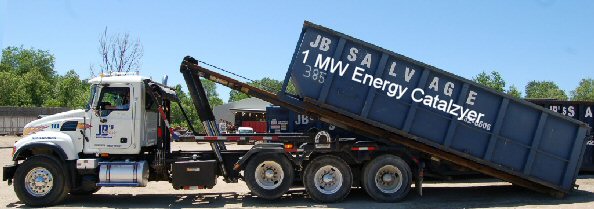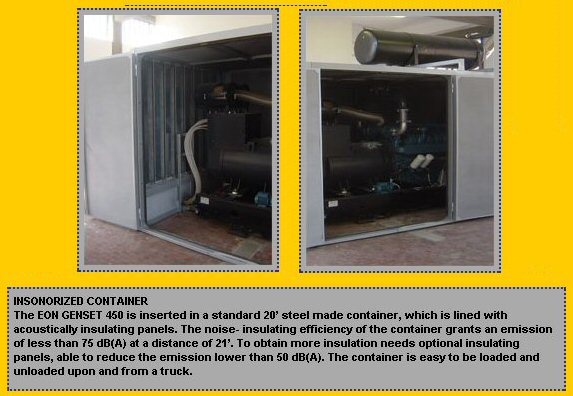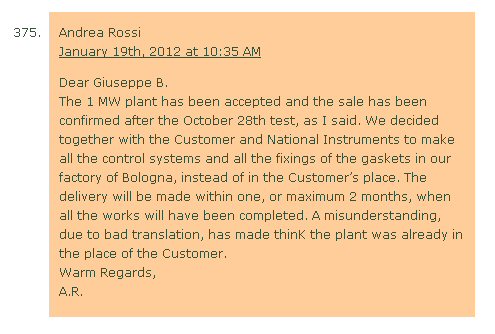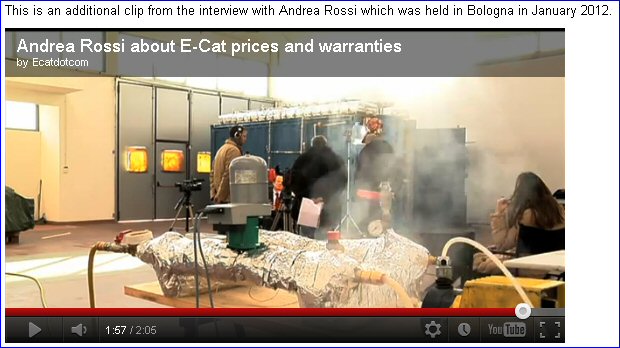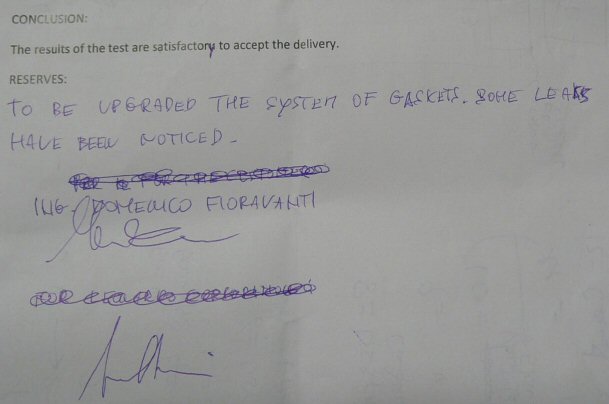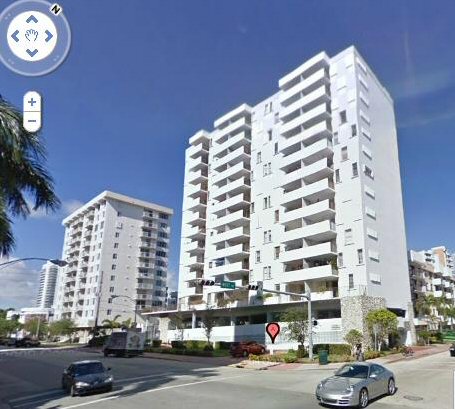National Instruments, a company that manufactures technical test equipment and software, today denied having any business relationship with Andrea Rossi, the inventor of the “Energy Catalyzer.”
Several weeks ago, Rossi wrote that National Instruments was working with him on his 1MW E-Cat.
Earlier today, we reported that two days after the Oct. 28, 2011, inaugural demonstration of his 1MW E-Cat plant, Rossi told his fans that he had delivered his first commercial product to his first customer.
Yesterday, we reported that Rossi never delivered his “1 megawatt E-Cat” to his unidentified customer and that it remains in his garage.
We also reported that, on Jan. 12, 2012, Rossi showed a promotional video revealing that the big blue box hadn’t moved.
We reported earlier today that Rossi explained the discrepancy to his fans as a “translation” misunderstanding.
Rossi has given two reasons why the big blue box remains in his garage. The first is faulty gaskets. The second is that he made a joint decision with National Instruments to make all the control systems for the big blue box with the 50 nuclear reactors in his garage rather than at the customer’s site.
Apparently, his customer had purchased the 1 MW E-Cat nuclear plant before it had all the control systems.
“We decided together with the customer and National Instruments to make all the control systems and all the fixings of the gaskets in our factory in Bologna, instead of the customer’s place,” Rossi wrote. “The delivery will be made within one or maximum two months, when all of the works will have been completed.”
Today, an author who is working on a book about Rossi contacted Julia Betts, the corporate communications and investor relations manager for National Instruments, to inquire about its relationship with Rossi.
According to e-mails the author received from Betts, National Instruments is not working with Rossi.
“Leonardo Corporation/Andrea Rossi is currently not a customer, partner or distributor of National Instruments,” Betts wrote.
The author sent Betts another e-mail asking about a variety of possible relationships her company might have with Rossi or his company.
“Per our previous [news release] from November,” Betts wrote, “we were only in discussions with the Leonardo Corporation regarding the use of National Instruments’ engineering tools. Currently, Leonardo Corporation/Andrea Rossi is not a customer of National Instruments.”
The author retraced his steps to learn how he had become confused. On Nov. 14, 2011, he had seen the news release from National Instruments that mentioned Rossi.
“National Instruments has contributed product solutions to some of the most advanced projects including the CERN Large Hadron Collider (LHC) and tokomak fusion device control systems,” the release stated. “Additionally, the Leonardo Corporation has intentions to incorporate National Instruments tools in its control system.”
The author had also seen a news report about National Instruments on one of the 80, mostly anonymous, E-Cat promotional Web sites. The Web site said that Sterling Allan, an E-Cat blogger who is also a business associate of Rossi’s, stated that National Instruments was working with Rossi.
“Stefano Concezzi, the director of National Instruments’ Science and Big Physics Segment, also revealed to Allan of PESN … that National Instruments is indeed working together with Leonardo Corporation in the development of the much awaited E-Cat,” the Web site reported.
Allen recently told New Energy Times that he is a sales agent for Rossi. Allen also told New Energy Times that Rossi had offered to pay for Allen’s work on Rossi’s Web site.
On June 14, 2011, Steven B. Krivit, editor of New Energy Times, met Rossi, saw his device, and began asking scientific questions.
On June 16, 2011, New Energy Times published “Preliminary Report of Interviews with E-Cat Trio Rossi, Focardi and Levi.”
On July 30, 2011, New Energy Times published “Report #3: Scientific Analysis of Rossi, Focardi and Levi Claims.” The 200-page report included scientific and engineering analyses from 20 independent experts.
On Aug. 7, 2011, New Energy Times condensed “Report #3” into two pages: “Rossi’s Scientific Failure in Seven Steps.”
On Aug. 28, 2011, New Energy Times distilled “Seven Steps” into the following two paragraphs:
In a seven-month period, the Rossi group sought credibility for its claim of extraordinary levels of excess heat through scientific and academic validation. In seven public attempts, the group tried to demonstrate convincing experimental evidence for its claims.
In all attempts, the group failed. It has no experimental evidence on which to base its extraordinary energy claim. It never did.
Rossi responded on his blog that the marketplace will be his judge.
“In any case, we will start our 1 MW plant in October, and we will see how it works,” Rossi wrote. “Of course, I assure [readers that Krivit’s] considerations are invalid, but I want to say more: Our products on the market will confirm this.”
According to Rossi, his product was “on the market” in October, 2011. But on Feb. 14, 2012, Rossi clarified that “on the market” does not mean “available for delivery;” not even for a million dollars. Today, Rossi said on his blog that deliveries will surely start within 12 to 18 months.
“In Autumn, we will surely send the detailed offers to all the ‘horde’ of pre-orderers,” Rossi wrote. “The deliveries will start hopefully within the next winter, surely within 18 months.”
A week ago, Rob Duncan, vice chancellor for research and a professor of physics at the University of Missouri, announced to a general audience at the university’s Saturday Science series that he intended to purchase two of Rossi E-Cats, according to the Columbia Tribune.
Today, the author contacted Duncan by e-mail and asked him about his purchase plans.
“I took a closer look at this,” Duncan wrote, “and we have decided not to pursue an E-Cat purchase at this time, but we will be very interested to track how this progresses.”
**************************************************
Background Facts on LENRs
Steven B. Krivit’s LENR Publications and Presentations
**************************************************
[Feb. 21, 2012 Correction: We wrote “Allen recently told New Energy Times that he is a sales agent for Rossi. Allen also told New Energy Times that Rossi had offered to pay for news stories on Allen’s Pure Energy News Service.” We have corrected the sentence to read “Allen recently told New Energy Times that he is a sales agent for Rossi. Allen also told New Energy Times that Rossi had offered to pay for Allen’s work on Rossi’s Web site .” We apologize for the error.]


